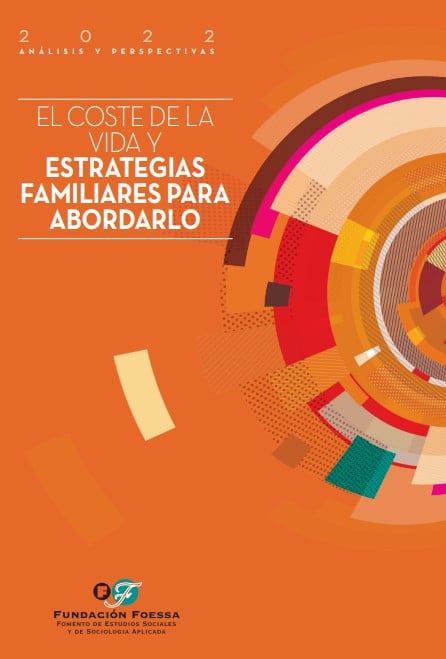Revision
It is a diagnosis without palliatives. Many individuals and families still carrying the burdens of the Great Recession without receiving the thread of the economic recovery of the following years, were stuffed
from the blow of the crisis linked to the pandemic without being able to barely cushion its effects. The shock wave of the social and economic consequences of COVID-19 has been devastating for many
of them.
Although the pandemic has not yet ended, we do not yet have clear prospects for how much longer it will continue to weigh on the world economy, since a new crisis has been added, this time of
of an inflationary nature, deriving mainly from the war in Ukraine which, once again, brings with it serious repercussions on the levels of precariousness of families.
Undoubtedly, society as a whole is feeling the effects of the increase in the cost of living, which represents a new setback for many companies and households in our country.
For several months, everyone in Spain has been observing the trend: receipts are increasing and it is becoming increasingly difficult to fill the fridge. In June, inflation continued to accelerate reaching highs not seen for 37 years and equal to 10.2%. For its part, the European Commission estimates that we will end 2022 with global inflation of 8.1%.
Index
- Editorial
- introduction
- Chapter 1. The socio-economic context after more than two years of the pandemic
- 1.1. The socio-demographic context
- 1.2. The labor market seems to be recovering
- 1.3. How do the most vulnerable families live?
- Chapter 2. Impact of inflation on living conditions
- 2.1. Brief approach to inflation and its conceptual apparatus
2.1.1. The malleability of the concept of inflation
2.1.2. Diagnostics and prescriptions - 2.2. The recent evolution of inflation and its impact on household spending
2.2.1. A year and a half of continuous price increases
2.2.2. Inflation in the EU-27 average and above that of the countries in our immediate environment
2.2.3. Inflation feeds on essential household expenses - 23. The impact of inflation on the most vulnerable population
2.3.1. Inflation outstrips the capabilities of low-income households - 2.4. How inflation affects different territories.
2.4.1. Inflationary pressure on housing and utilities is substantial in some autonomous communities - 2.5. Inflation, wages and cash benefits
- 2.6. The challenge of the inflationary crisis facing social protection
- 2.1. Brief approach to inflation and its conceptual apparatus
- Chapter 3. Families and their reference budget for decent living conditions
- 3.1. What is our proposal?
3.1.1. Background
3.1.2. Concept
3.1.3. Methodology - 3.2. Families and their budget.
- 3.3. The perception of the situation
- 3.4. Profiles of the most vulnerable families
- 3.5. Coping strategies or survival of families with the greatest difficulties with their family budget.
- 3.6. The intensity of the strategies
- 3.7. Micro-level strategies
3.7.1. Food, clothing and footwear
3.7.2. Income and expenses
3.7.3. housing supplies
3.7.4. Leisure and social relationships
3.7.5. Transport
3.7.6. Health
3.7.7. Debts
3.7.8. Occupation
3.7.9. Education
3.7.10. place of life
- 3.1. What is our proposal?
- Chapter 4. Challenges to guarantee the right to an adequate standard of living
- Bibliography

